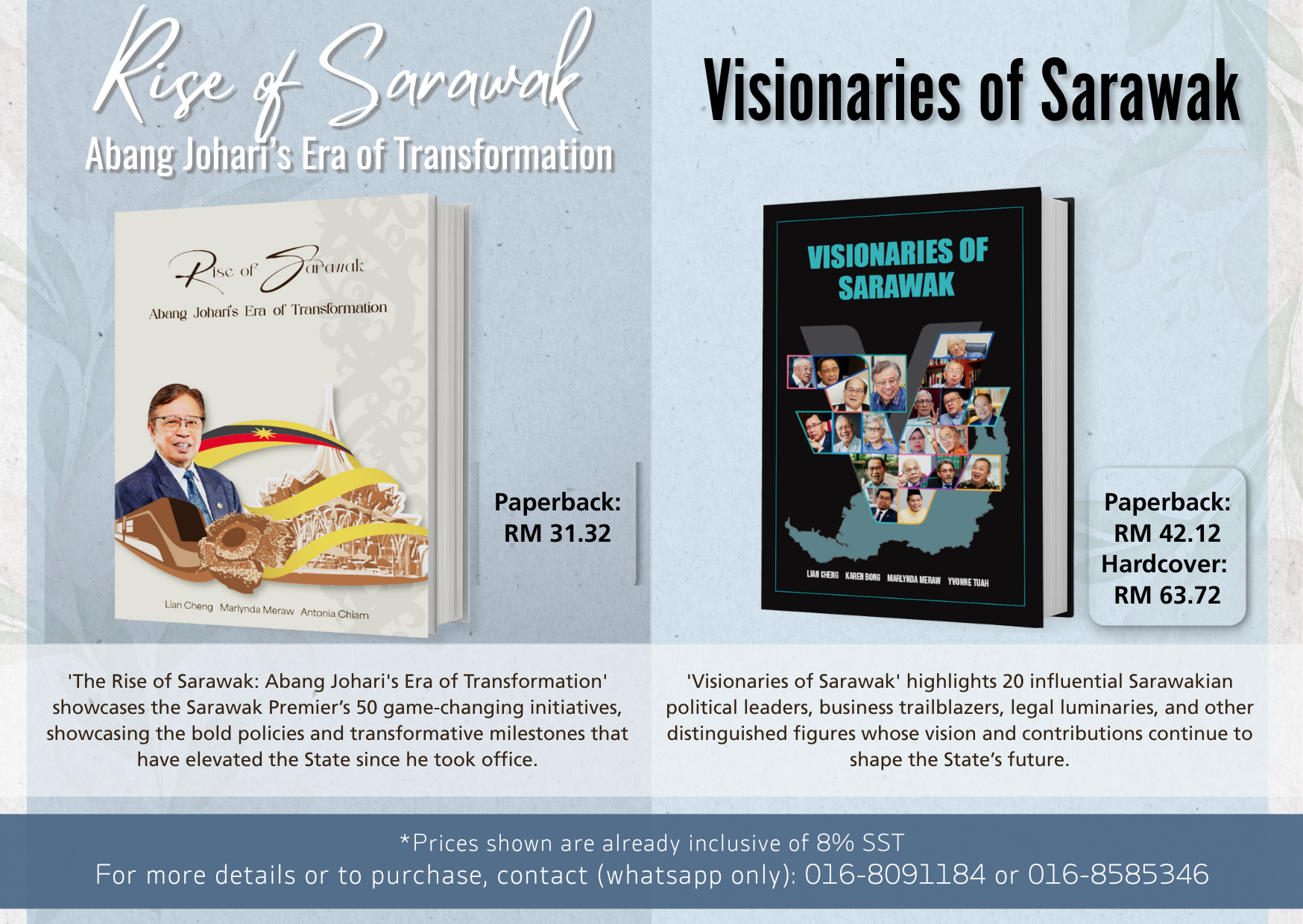
By Ashley Sim
KUCHING, Nov 27: Community leaders from the Kayan and Kenyah communities have requested the codified Adet Kayan-Kenyah 1994 to be ‘separated’ and to become two distinct and different Adat, namely Adet Kayan and Adet Kenyah, says Dato Sri John Sikie Tayai.
The Minister in the Premier’s Department told the august House today that the reason is because that there are obvious differences or variations between the two languages.
“In addition, there are dissimilarities between the Kayan and Kenyah in the Miri Division and the Kayan and Kenyah in Kapit and Bintulu Divisions. Majlis Adat Istiadat Sarawak (MAIS) will carry out the study work next year,” he said when delivering his ministerial winding-up speech during the Second Meeting for the Second Term of the 19th Sarawak State Legislative Assembly (DUN), which was held at the DUN complex here today.
He said MAIS is racing against time in its effort to preserve Adat as there is a growing concern over the loss of knowledge in Adat among the current generation of natives.
“During the last 10 months of this year, MAIS has conducted 29 series of workshops and fieldwork for data collection through interviews, discussions, and dialogues with the Bidayuh, Iban, Melanau, and Orang Ulu communities.
‘The main focus of the activities are on Adat relating to settlement matters, family matters, and land and property.”
Sikie, who is also Kakus assemblyman, noted that MAIS has received a request from certain Remun community leaders in Serian to preserve their Adat through codification.
“This community has been presumed to be part of the Iban race and their Adat are similar to the Adat practised by the Iban.
“However, some Remun community leaders contended that Adat Remun is quite different and distinct from Adat Iban. Remun language, if I may say so, and tradition are quite different from Iban language.
“There are some terminologies which are peculiar to the Remun. The aim, among others, is to preserve their traditional knowledge, identity, culture, tradition, legacy, and history,” he explained.
Sikie also disclosed that four engagement sessions with Remun community leaders were held this year in the form of dialogues and discussions.
“The sessions are still in the initial stage and more engagement with them will be conducted in the near future.”
Meanwhile, the Kakus assemblyman revealed the Salako-Rara community in Lundu has requested MAIS to conduct a study and incorporate the Adat which are peculiar to the community in Adat Bidayuh 1994.
“For this purpose, five engagement sessions, in the form of dialogues and discussions, have been conducted with this community. This effort is in its initial stage of the study.”
Furthermore, he stated that the other Adat preservation efforts focus mainly on reviewing codified Adat and data collection.
“The flux of social changes and development which are taking place in the native communities have to a certain extent diminished the relevance and significance of Adat.
“Under such circumstances, Adat have to be rejuvenated or reinterpreted to adjust and adapt them to new social circumstances. Otherwise, Adat would be irrelevant and would die a natural death.
“In some cases, new social situations arise but there is no clear Adat to regulate the situations. In such circumstances, new Adat have to be formulated to regulate the affairs or relations.”
According to Sikie, MAIS has organised eight sessions for the Iban community, 12 for the Bidayuh community, six for the Orang Ulu community, and three for the Melanau community.
“These sessions were mainly workshops, dialogues, interviews, and round table discussions,” he added. — DayakDaily








